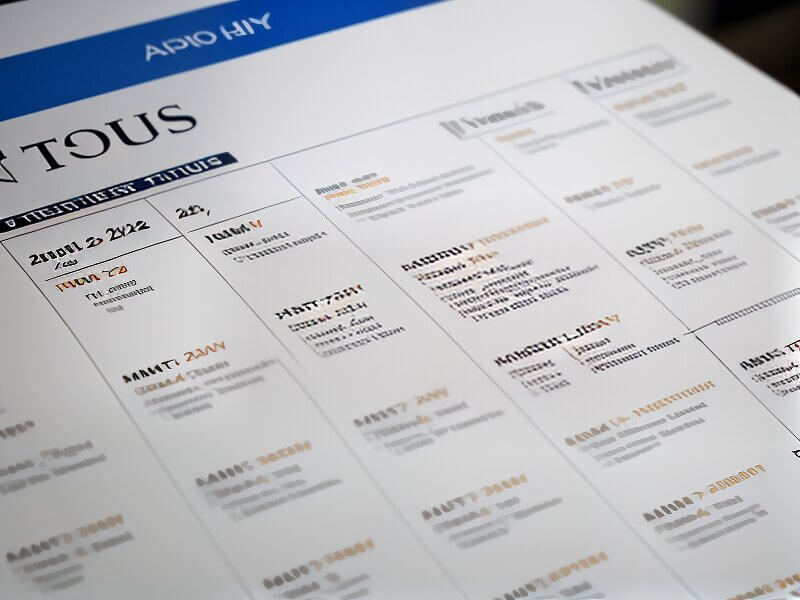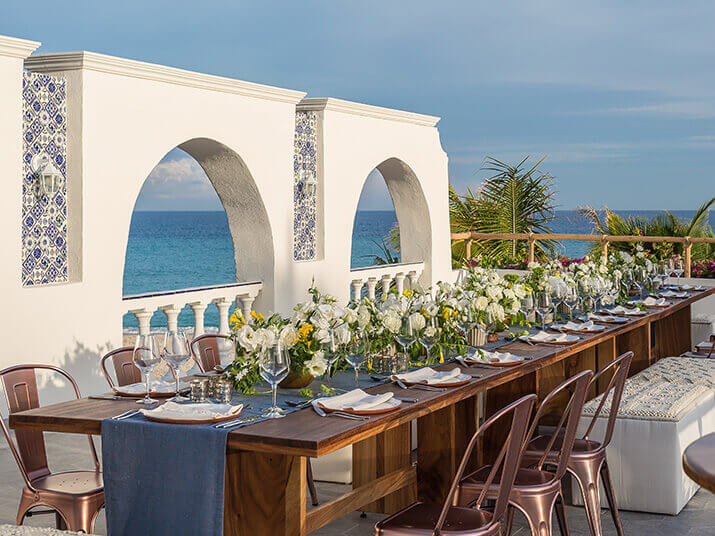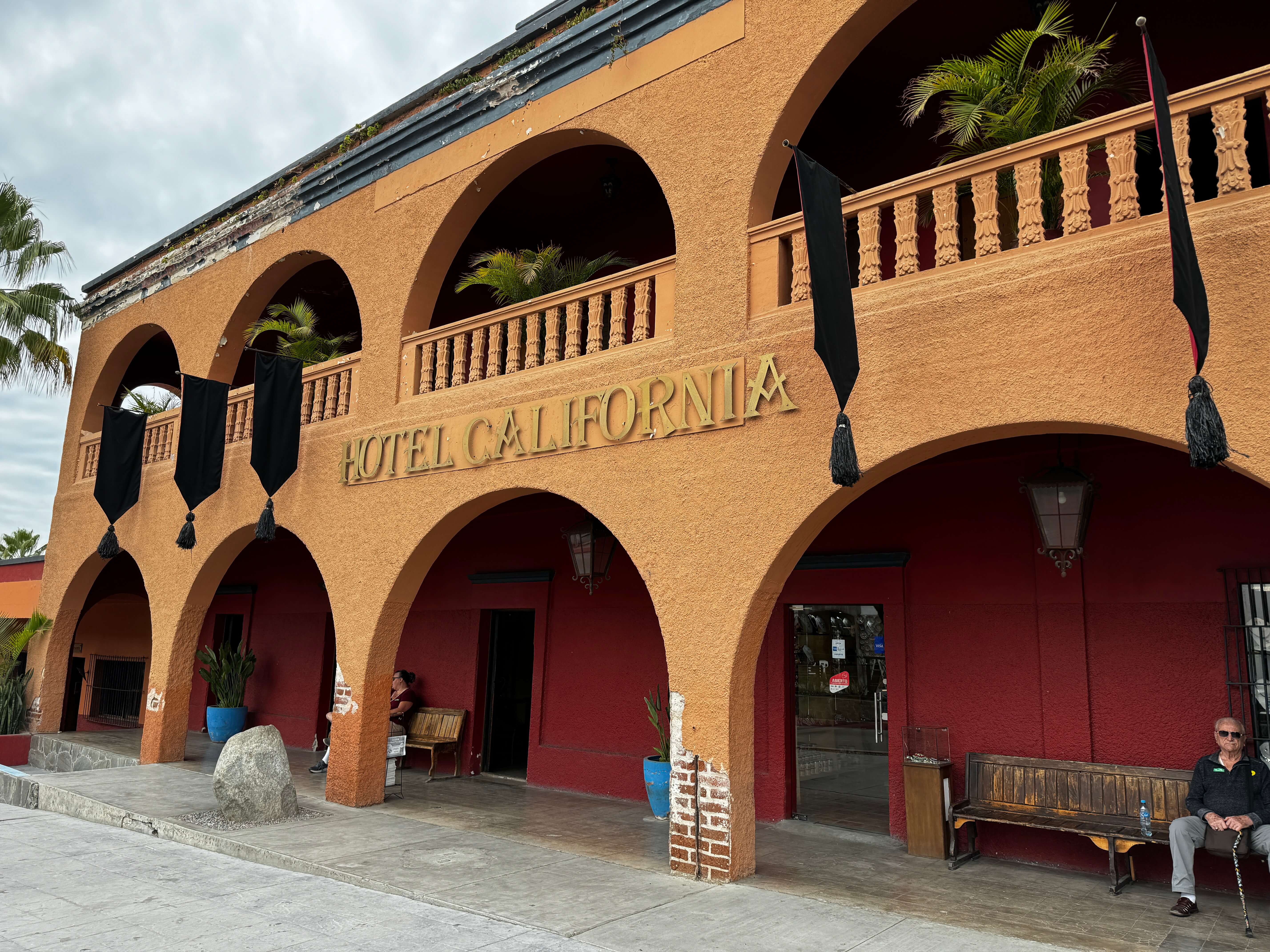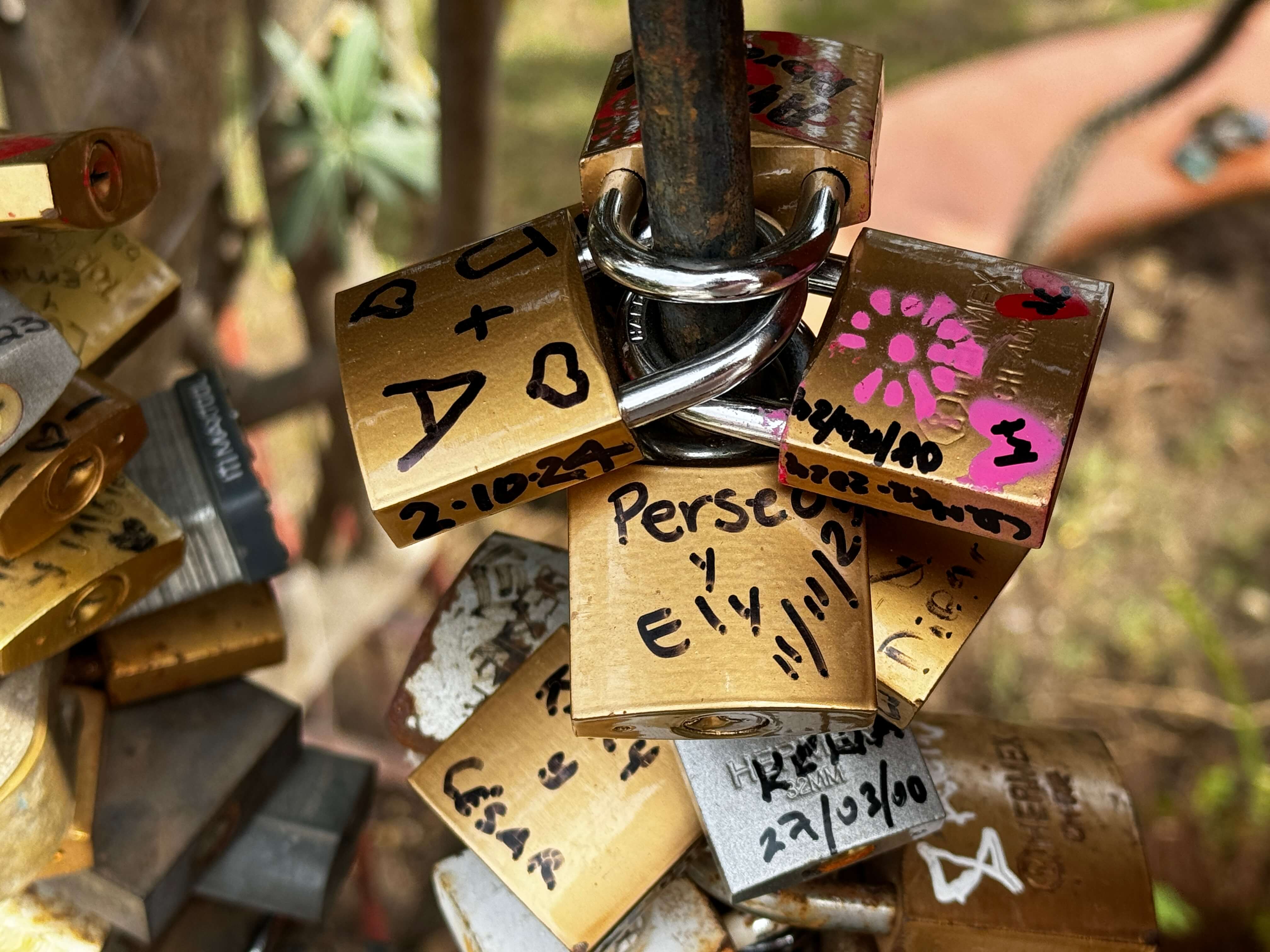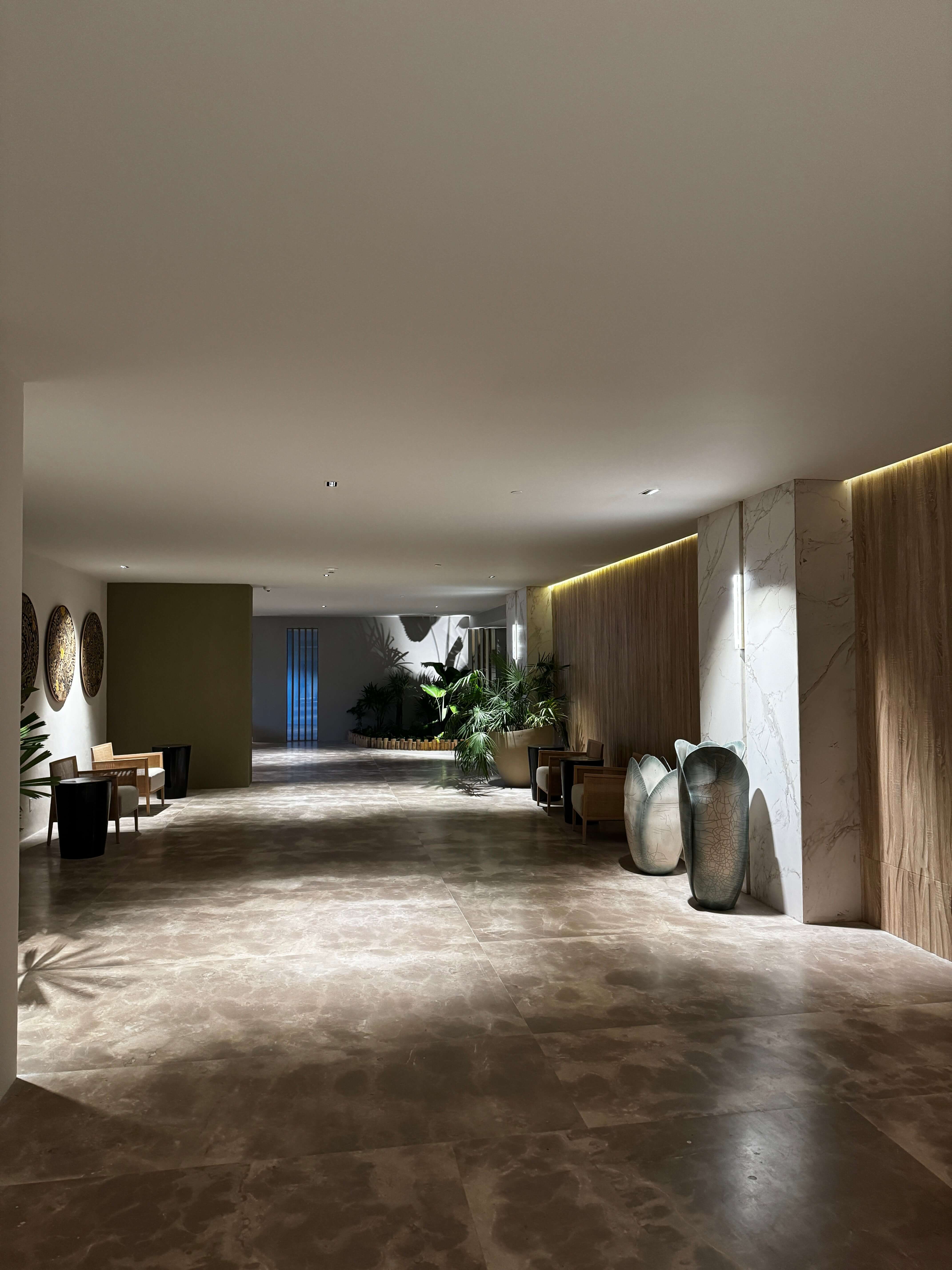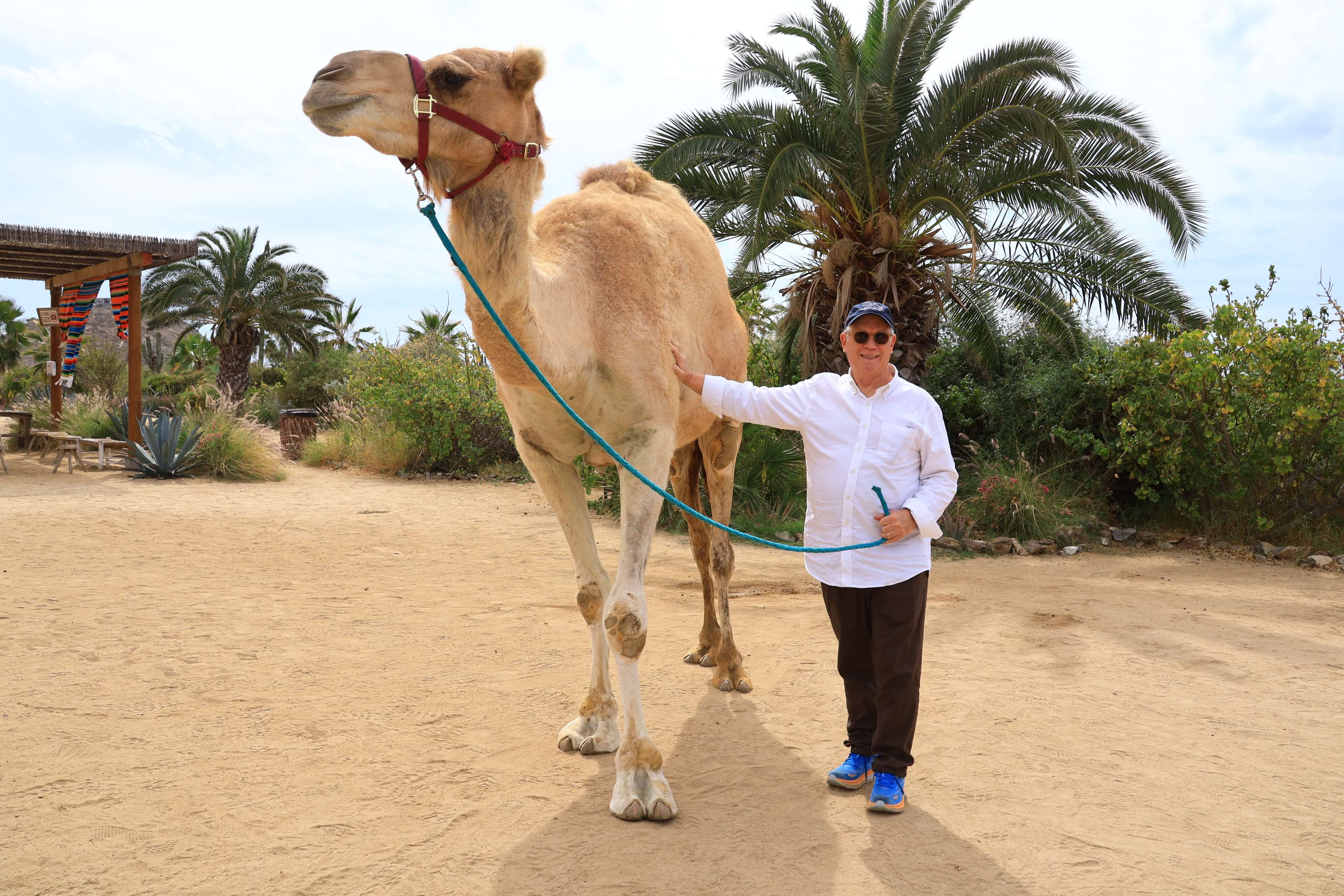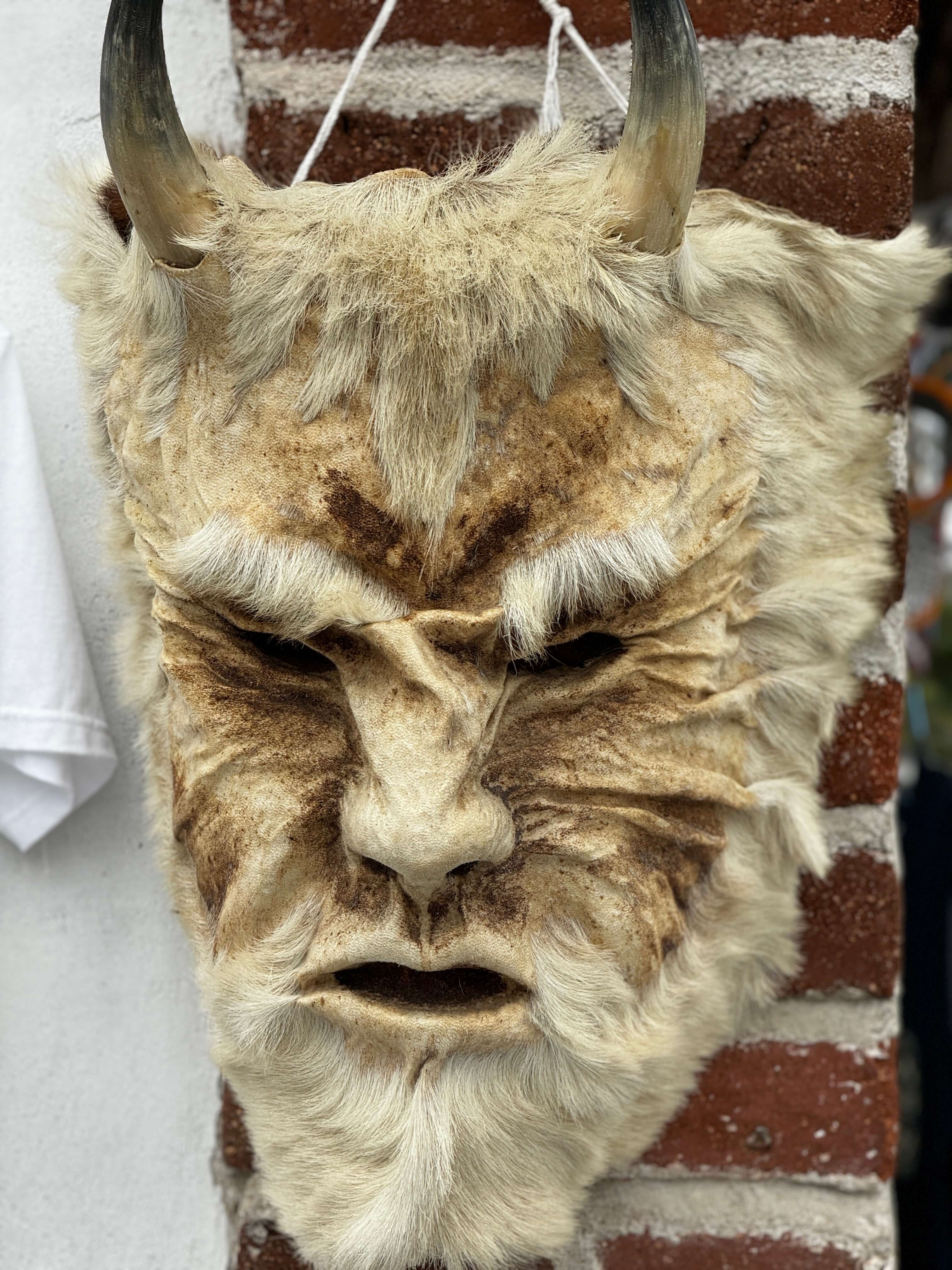
Ask the Experts: Real Estate
Mastering the Real Estate Market in Southern California: The Southern California real estate market is one of the most dynamic and competitive in the country, attracting buyers, sellers, and investors from across the globe. From the sun-soaked beaches of Malibu to the urban sprawl of Los Angeles and the growing suburbs of Orange County, each area offers unique opportunities and challenges for anyone looking to enter the market. But what does it take to truly become an expert in this diverse landscape?
Understanding Market Trends
In Southern California, market trends can shift rapidly due to factors like economic conditions, housing demand, and local regulations. An expert stays ahead of the curve by keeping a pulse on key indicators such as:
- Home Prices: Property values vary widely across the region, with some areas experiencing rapid appreciation while others may stabilize.
- Inventory Levels: In low-inventory markets, competition among buyers is fierce, often leading to bidding wars and above-asking-price sales.
- Interest Rates: These directly impact buyer affordability, influencing how many potential buyers can enter the market.
By regularly analyzing these trends, real estate professionals can make informed recommendations to their clients, ensuring they capitalize on the right opportunities.
Regional Expertise
Southern California isn’t a monolithic market. Each city and neighborhood has its own unique characteristics and demand drivers. An expert understands the nuances of the following:
- Los Angeles: As the entertainment capital of the world, LA attracts high-net-worth individuals and international buyers. Neighborhoods like Beverly Hills and Bel-Air are known for luxury homes, while emerging areas like Downtown LA are popular for condo developments and urban living.
- Orange County: Known for its family-friendly communities, excellent school districts, and coastal living, areas like Newport Beach and Laguna Niguel are in high demand among buyers looking for a mix of luxury and suburban life.
- Inland Empire: More affordable than its coastal counterparts, the Inland Empire offers opportunities for first-time homebuyers and real estate investors interested in rental properties.
Legal and Regulatory Knowledge
Southern California’s real estate market is governed by complex laws, zoning regulations, and environmental concerns. From rent control ordinances in certain cities to navigating the California Environmental Quality Act (CEQA) for new developments, true expertise requires staying updated on these rules to protect clients’ interests and ensure smooth transactions.
Building Relationships and a Network
Real estate is a relationship-driven business. The best real estate experts build strong connections with local developers, mortgage brokers, contractors, and other agents. These relationships provide insider knowledge and access to off-market properties—an invaluable resource in Southern California, where competition is high.
Investment Savvy
Southern California remains a hotspot for real estate investors, whether it’s short-term rentals in prime tourist areas or long-term residential investments. An expert knows which neighborhoods are poised for growth and where cap rates and cash-on-cash returns offer the best potential.
Marketing and Technology
In a region as competitive as Southern California, real estate experts use cutting-edge marketing techniques to stand out. From drone photography and virtual tours to savvy social media campaigns, staying ahead in the digital space is essential to reach the right audience.
Final Thoughts
Expertise in the Southern California real estate market goes far beyond basic property transactions. It requires a deep understanding of regional trends, laws, investment opportunities, and a strong network. Whether you’re buying, selling, or investing, aligning with an expert who has a holistic view of the market can make all the difference in achieving success in this fast-paced and competitive landscape.


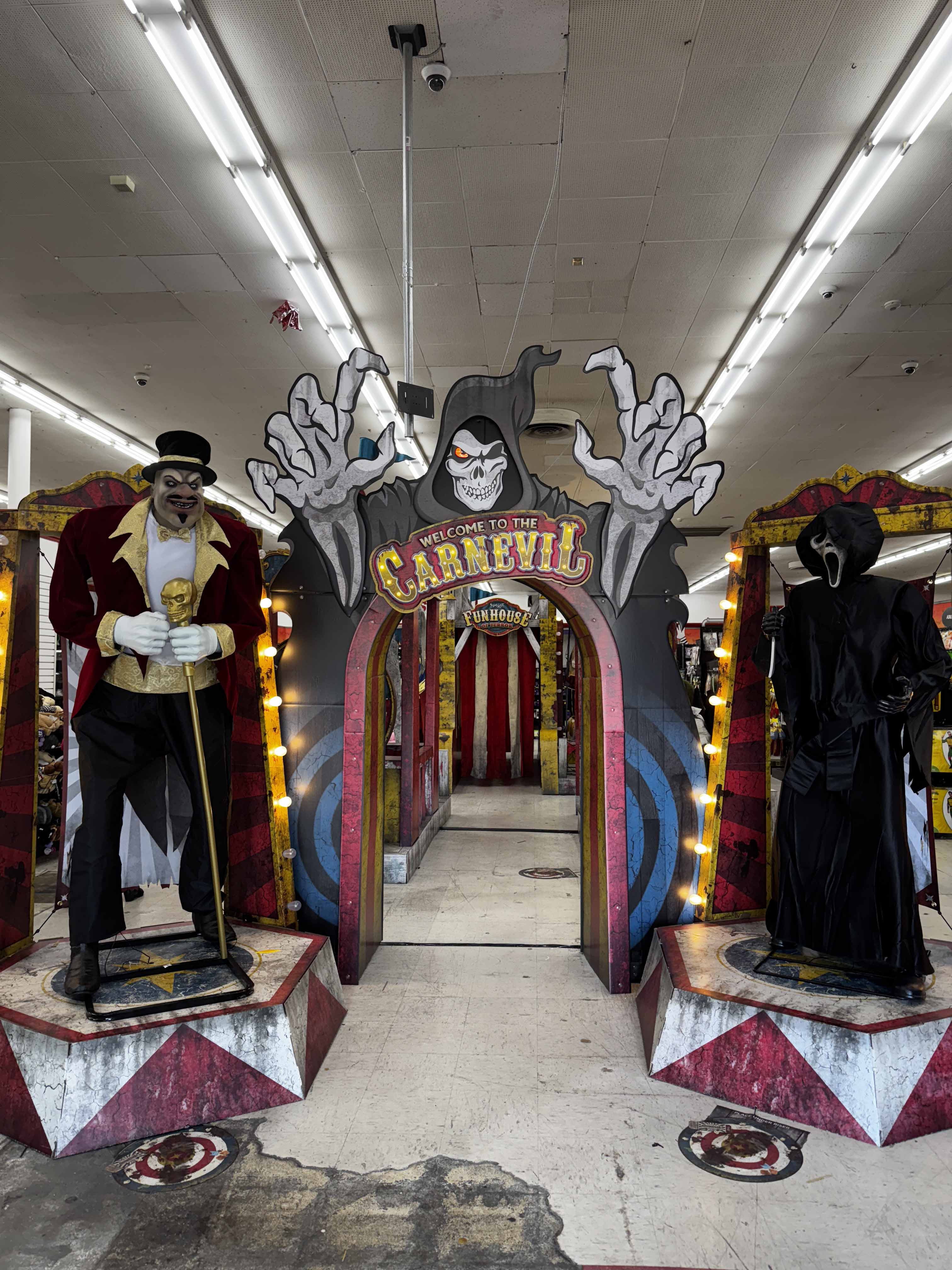
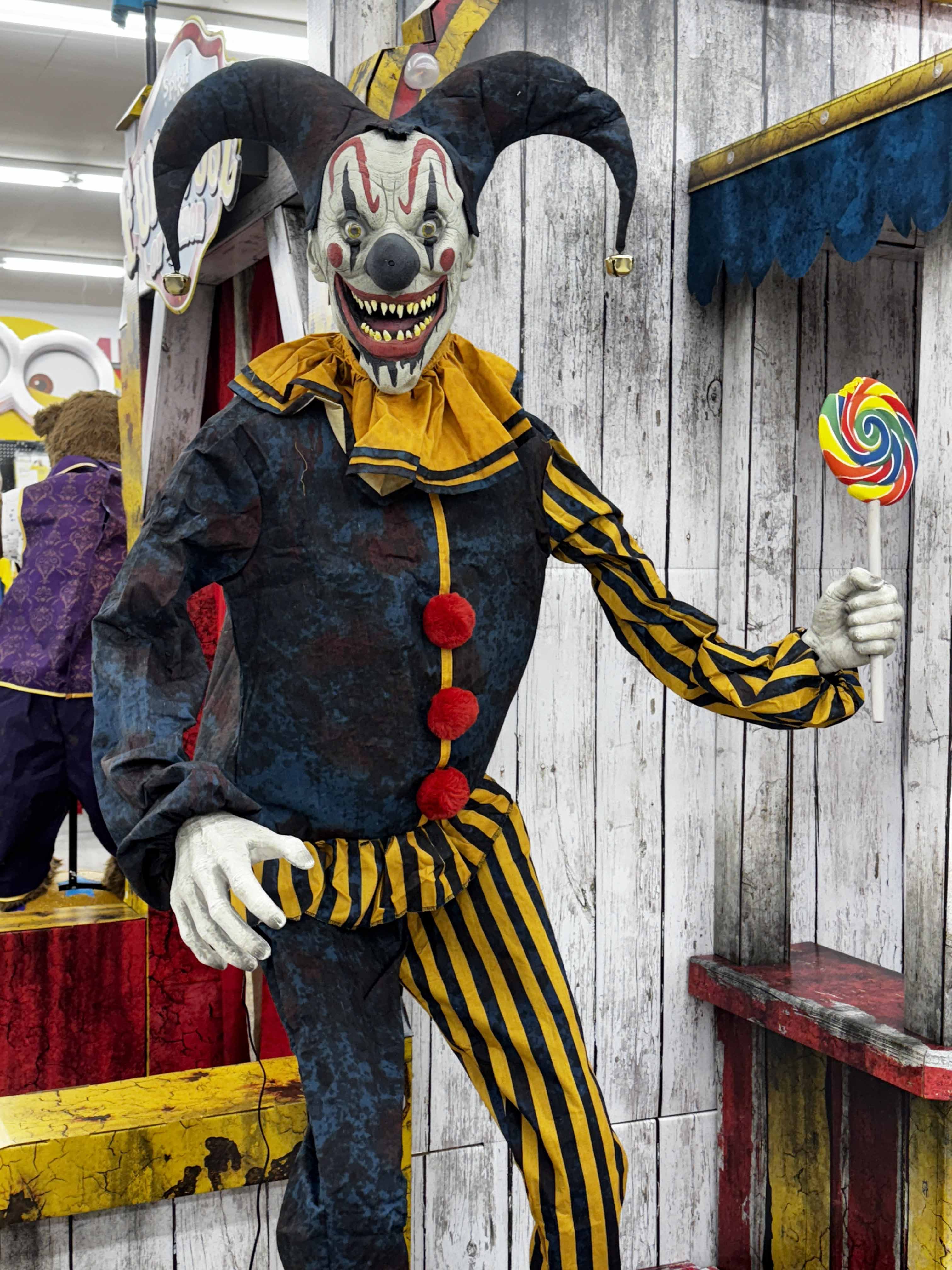

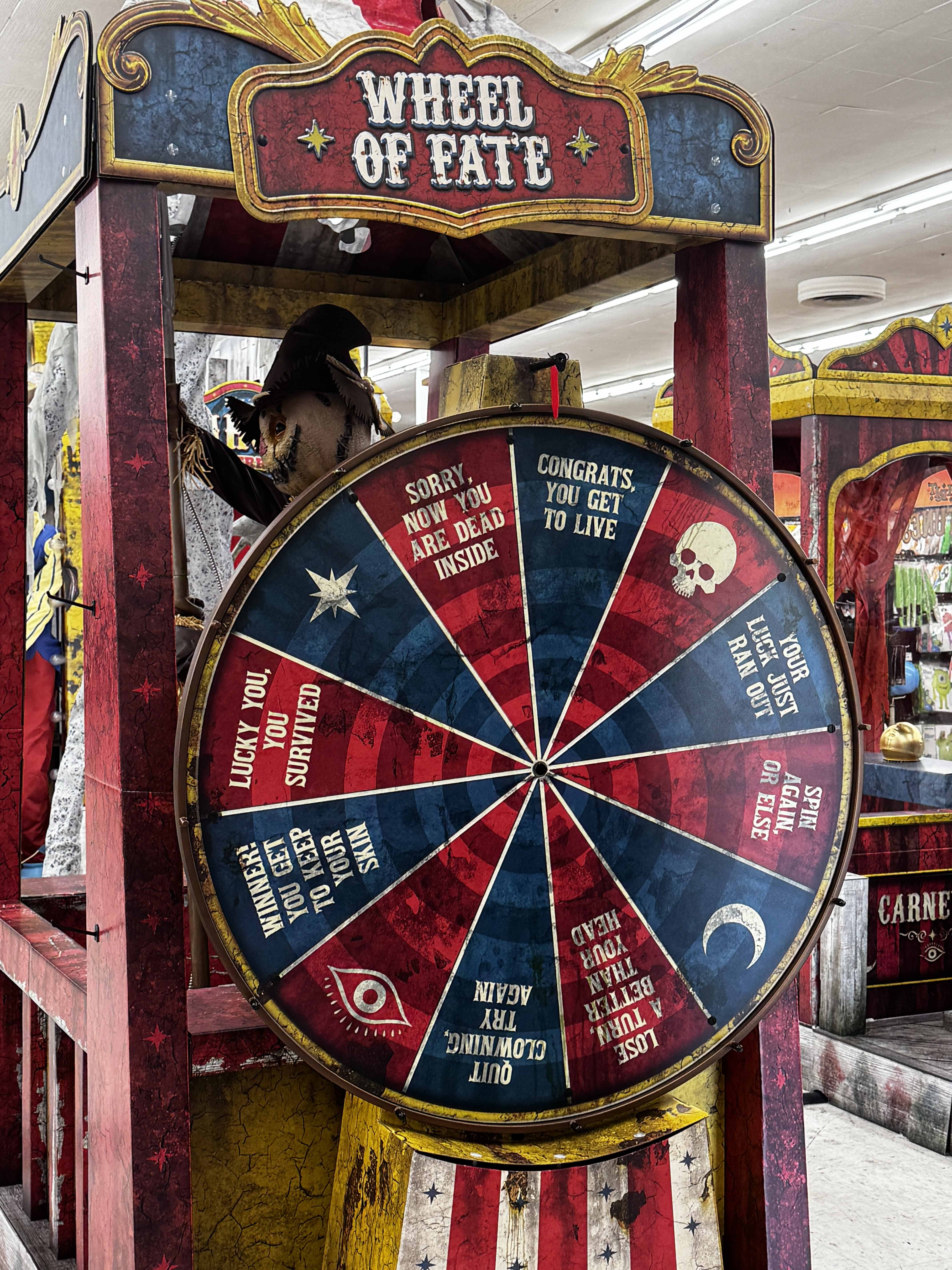

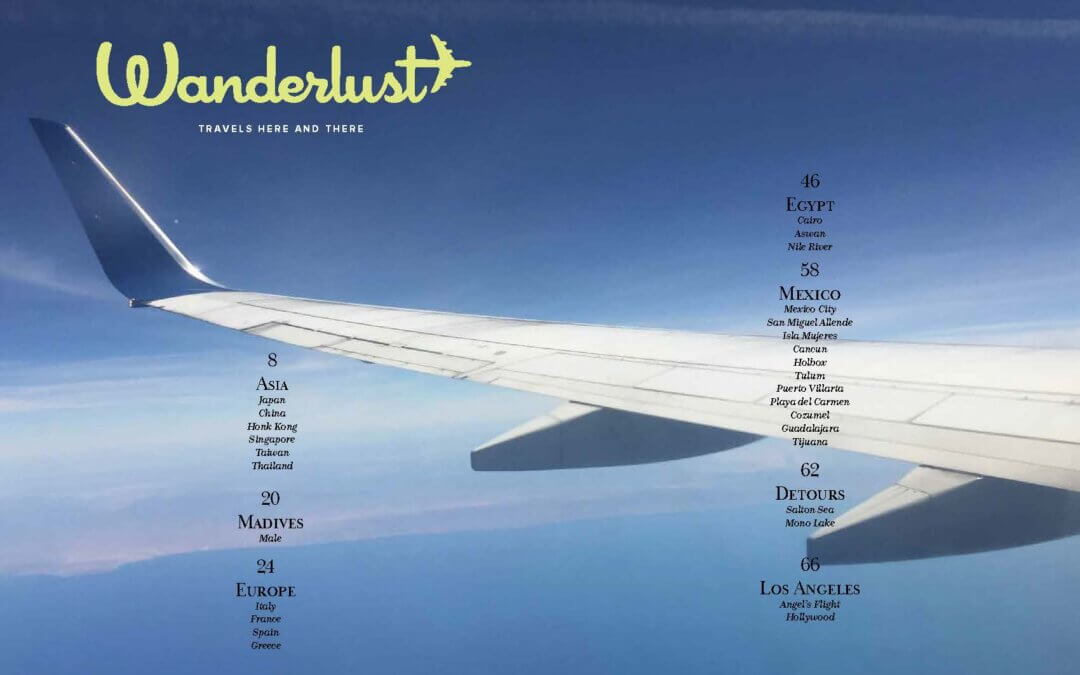
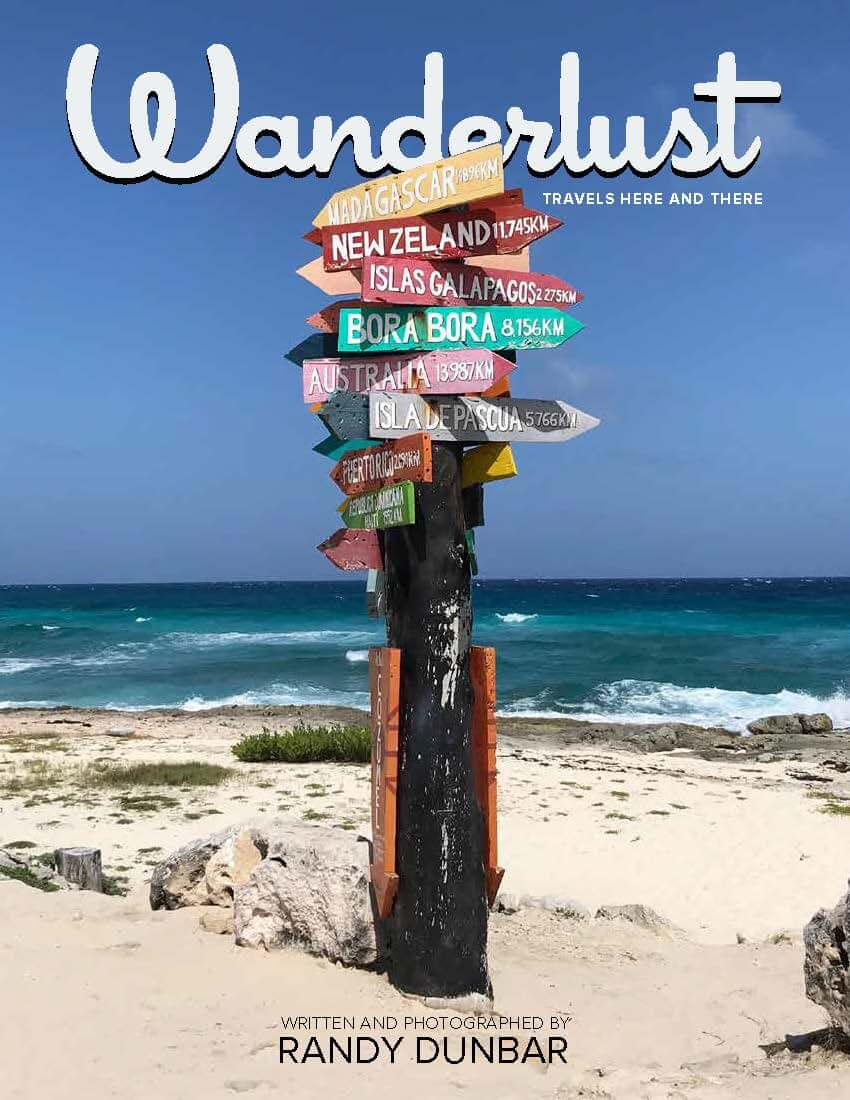

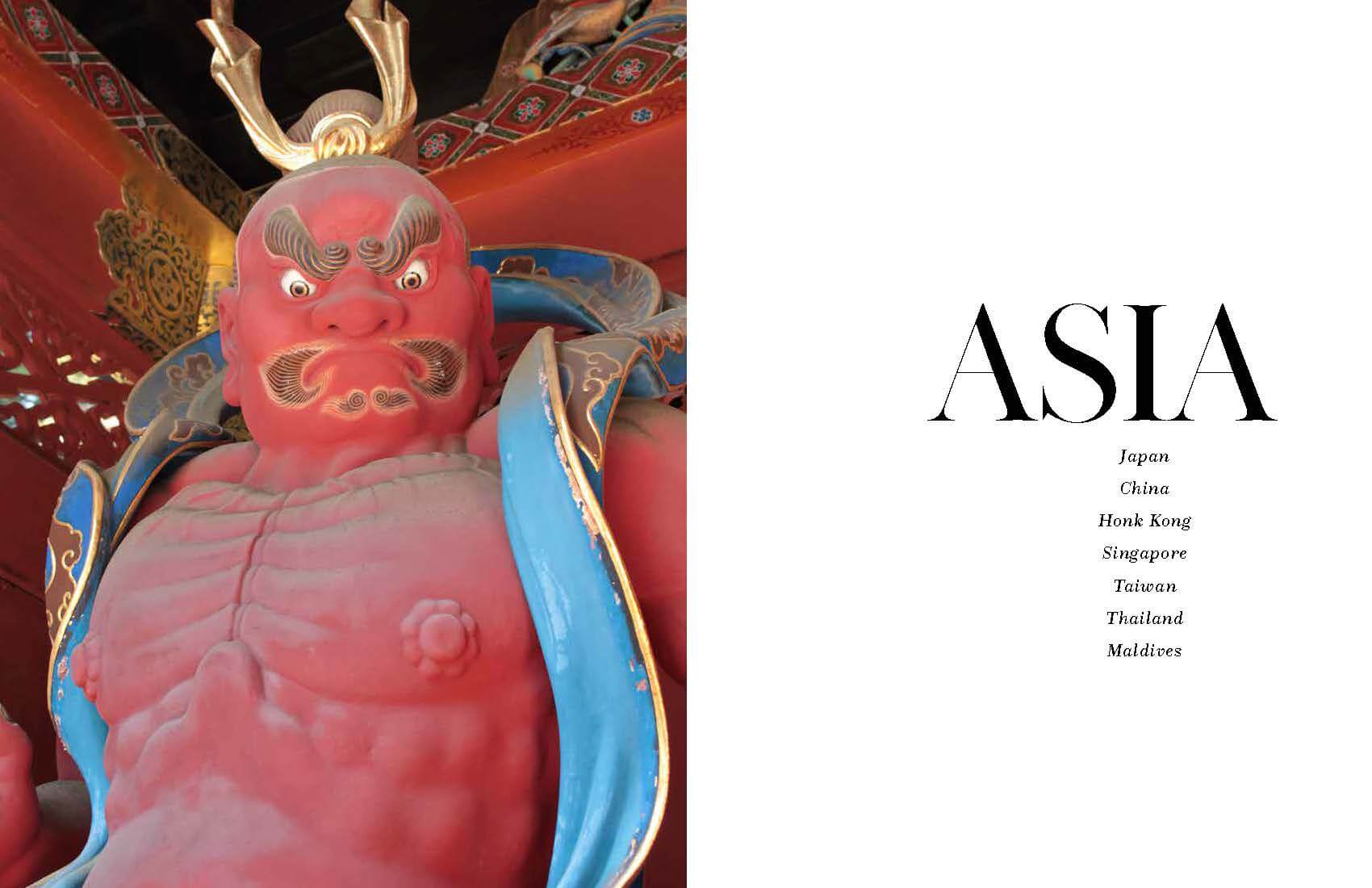

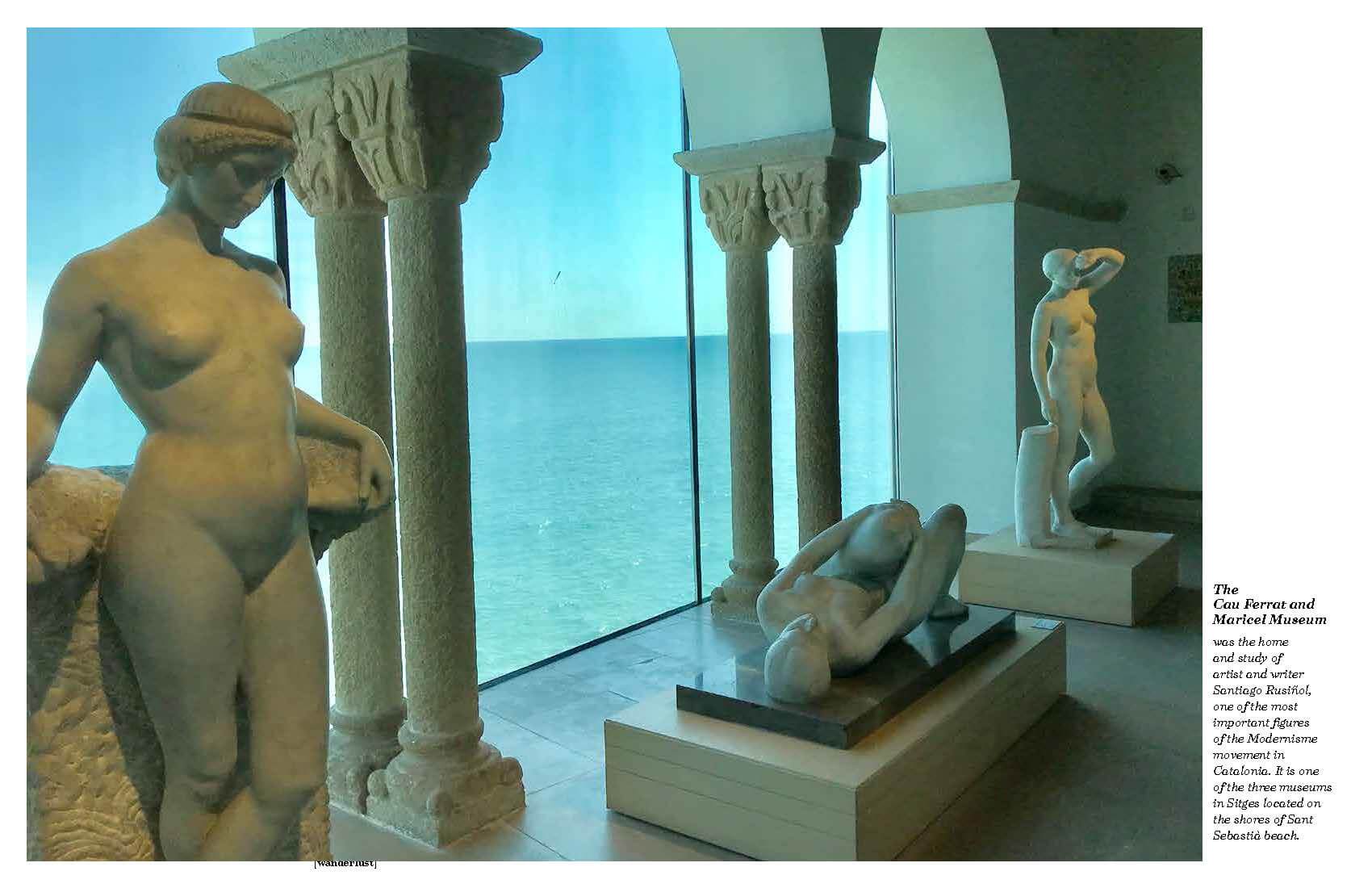
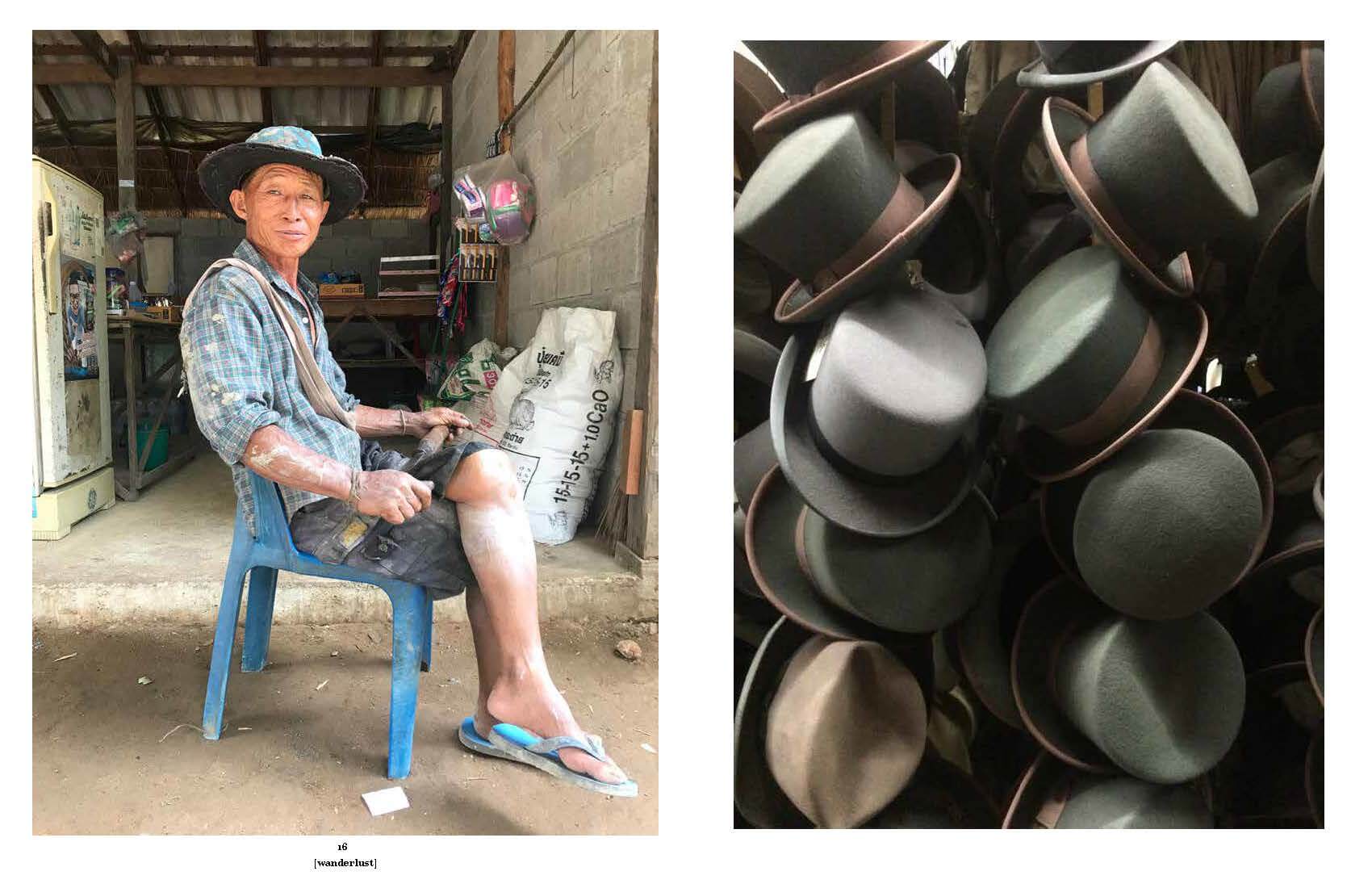



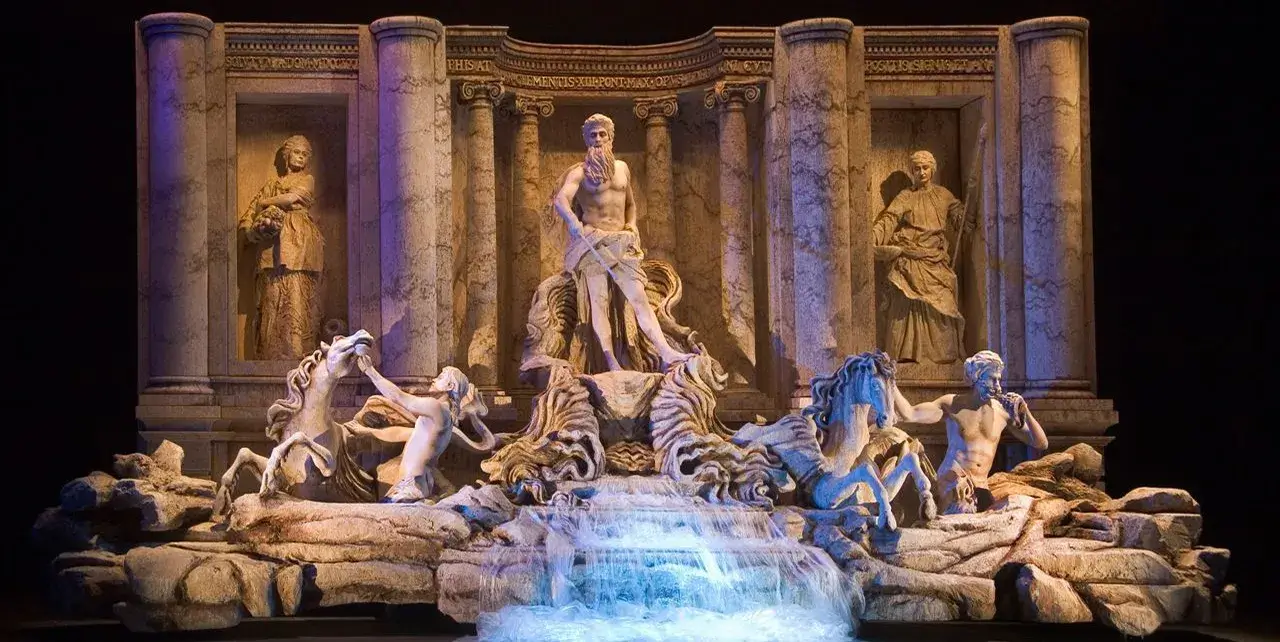


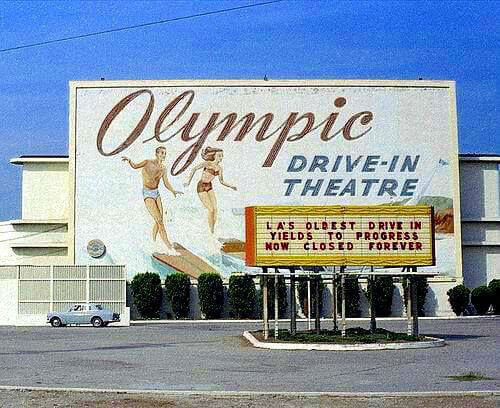 There was a time—and it would be right about now, late afternoon. The sun would be setting and the weather would invite the family to pack up head to a drive-in theatre. There was a playground in front of the screen, seated in a a small sand box and once the movie began, every child was summoned back to the car. Drive-in theaters emerged in the 1930s, peaking in popularity during the 1950s and 60s. They provided a perfect blend of the automotive culture and the burgeoning film industry, creating a social hub for communities. Families piled into their cars, packed with blankets and pillows, eager to enjoy the latest Hollywood offerings from the cozy confines of their vehicles.
There was a time—and it would be right about now, late afternoon. The sun would be setting and the weather would invite the family to pack up head to a drive-in theatre. There was a playground in front of the screen, seated in a a small sand box and once the movie began, every child was summoned back to the car. Drive-in theaters emerged in the 1930s, peaking in popularity during the 1950s and 60s. They provided a perfect blend of the automotive culture and the burgeoning film industry, creating a social hub for communities. Families piled into their cars, packed with blankets and pillows, eager to enjoy the latest Hollywood offerings from the cozy confines of their vehicles.
 The Fahey/Klein Gallery is pleased to present Face the Music: The Legacy of Music Photography. The exhibition celebrates the enduring legacy of music legends who transcended the boundaries of entertainment to become cultural icons. The curation brings together iconic photographers and musicians, from the forties to today, showcasing how their collaborative artistry captured and shaped the cultural zeitgeist of their respective eras. These artists not only created memorable music but also challenged societal norms, sparked significant movements, and mirrored the changes within society visible in the emblematic photographs on display.
The Fahey/Klein Gallery is pleased to present Face the Music: The Legacy of Music Photography. The exhibition celebrates the enduring legacy of music legends who transcended the boundaries of entertainment to become cultural icons. The curation brings together iconic photographers and musicians, from the forties to today, showcasing how their collaborative artistry captured and shaped the cultural zeitgeist of their respective eras. These artists not only created memorable music but also challenged societal norms, sparked significant movements, and mirrored the changes within society visible in the emblematic photographs on display.







